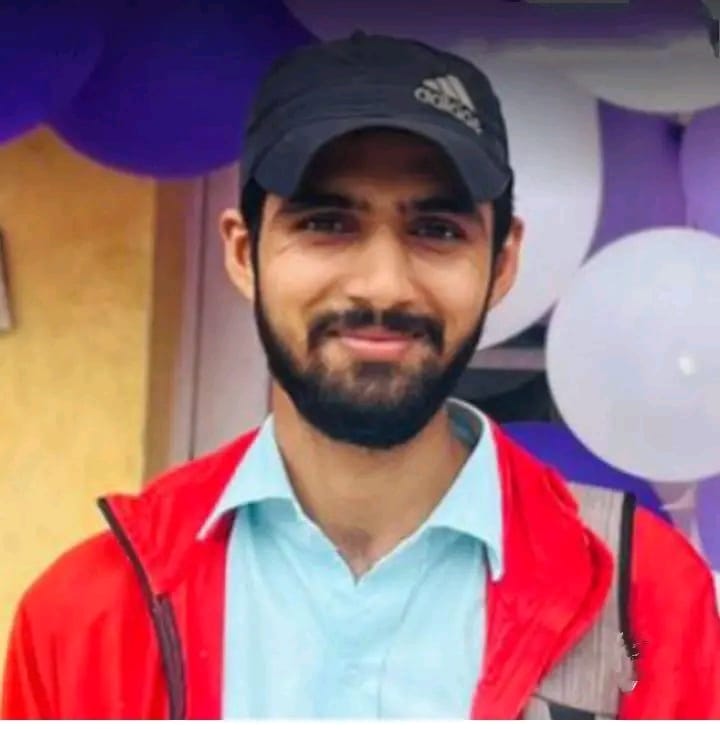Loksewa MCQs on Anatomy & Physiology
1. Name the site where the digestion of proteins occurs.
A. Pancreas
B. Rectum
C. Liver
D. Ileum
2. Stomach epithelial cells in the body secrete:
A. Hydrochloric acid
B. Oxytocin
C. Adrenaline
D. Testosterone
3. ..........are functional units of food absorption.
A. Red blood cells
B. Small intestine
C. Villi
D. Aggregated lymphoid nodules
4. Where are the parotid glands located?
A. Below the stomach
B. Behind and above the pancreas
C. Below and in front of the ear canal
D. Underneath the armpits
5. The maximum amount of carbon dioxide in the human body is transported as:
A. Bicarbonate
B. Carbide
C. Amylase
D. None of the above
6. Altitude sickness is typically caused due to:
A. The partial pressure of oxygen
B. Increased levels of CO2 in blood
C. Cold temperatures
D. None of the above
7. Hypopnea is a condition where:
A. The airway becomes partially obstructed
B. The blood does not clot properly
C. The lungs cannot eliminate the excess carbon dioxide from the body
D. The blood oxygen levels are abnormally low
8. Emphysema is characterized by:
A. Loss of peripheral vision
B. Shortness of breath
C. Chronic Diarrhea
D. Slow clotting from wounds
9. Humans have _____ lobes in the left lung.
A. 3
B. 2
C. 4
D. 1
10. Which of the following statements are false?
A. Pituitary Gland is found at the base of the brain
B. Adrenal glands are found on top of the kidneys
C. Lymph nodes are found only near the neck and armpits
D. Thyroid glands are ductless glands
11. The primary function of the cerebrospinal fluid is to:
A. Protect the brain
B. Provide nutrients to the surrounding tissues
C. Remove waste products
D. All of the above
12. The lungs are protected by:
A. Sternum
B. Rib cage
C. Backbone
D. All of the above
13. The hormone is secreted by which of the following organ?
A. Pancreas
B. Liver
C. Duodenum
D. Ileum
Explanation: The pancreas is an organ that serves as a major endocrine gland, it secretes hormones like insulin, somatostatin and glucagon. It is important to note that the pancreas serves as both the exocrine and endocrine glands.
14. If the stool of a person is whitish-grey, which organ is responsible for it?
A. Kidney
B. Liver
C. Spleen
D. Pancreas
Explanation: The liver is the organ responsible for the white-colored faeces because of the low concentration of bile secretion.
15. A type of proteolytic enzyme is found in infants’ gastric juices which helps in the digestion of milk proteins. The name of the enzyme is?
A. Peptide
B. Rennin
C. Amylase
D. Topspin
Explanation: Rennin, also known as chymosin, is a protein-digesting enzyme that causes milk to curdle by converting caseinogen into insoluble casein.
16. Fat digestion occurs in:
A. Small intestine
B. Stomach
C. Duodenum
D. Kidney
Explanation: Fat digestion occurs in the small intestine of the human digestive system.
17. The respiratory centre is located in:
A. Cerebellum
B. Medulla oblongata
C. Cerebrum
D. Pleura
Explanation: Medulla oblongata serves as the centre of respiratory regulation.
18. The internal lining in the trachea is made up of:
A. Simple cuboidal epithelium
B. Pseudo-stratified epithelium
C. Simple squamous epithelium
D. Transitional epithelium
Explanation: Pseudo-stratified epithelium forms the internal lining of the trachea.
19. The right sequence of formation of urine is:
A. Secretion, reabsorption, filtration
B. Reabsorption. Secretion, filtration
C. Filtration, reabsorption, secretion
D. Secretion, filtration, reabsorption
Explanation: Filtration, reabsorption, and secretion is the sequence of events in the nephron that results in urine formation.
20. When an individual consumes a large amount of protein, what will he or she excrete?
A. More urea and uric acid
B. More glucose
C. Salt
D. Water
Explanation: More urea and uric acid is produced in the urine of a person who is in taking a protein-rich diet.
21. The life span of red blood cells is:
A. 100 days
B. 110 days
C. 120 days
D. 140 days
Explanation: 120 days is the maximum lifespan of an RBC.
22. Which of the following is responsible for the red colour of blood?
A. Hemocyanin
B. Myoglobin
C. Hemoglobin
D. Carbon
Explanation: Hemoglobin is the protein found in the red blood cells, it primarily functions in the transport of oxygen and carbon dioxide. It renders red color to the blood.
23. Which of the following is the largest cranial nerve?
A. Oculomotor nerve
B. Olfactory nerve
C. Trigeminal nerve
D. Optic nerve
Explanation: The trigeminal nerve is a component of the nervous system that transmits discomfort, pressure, and thermal impulses from the face to the brain. It's a big, three-part nerve.
24. Which of the following controls skeletal muscles?
A. Autonomic nerves
B. Somatic nerves
C. Sympathetic nerve
D. Para Sympathetic nerve
Explanation: The somatic nervous system, also known as the voluntary nervous system, is a portion of the peripheral nervous system that is responsible for the voluntary regulation of skeletal muscle contractions.
25. Which of the following is not a neurotransmitter?
A. Glutamic Acid
B. Acetylcholine
C. Tyrosine
D. Catecholamine
Explanation: Tyrosine is an amino acid that does not act as a neurotransmitter. Some other Examples of Neurotransmitter: Glutamate, Gamma-Aminobutyric Acid (GABA), Glycine, Dopamine
Answers
1. D 2.A 3.C 4.C 5.A 6.A 7.A 8.B 9.B 10.C 11.D 12.D 13.A 14.B 15.B 16.A 17.B 18.B 19.C 20.A 21.C 22.C 23.C 24.B 25.C
 Bhuwan Joshi
2024-08-25 01:57:55
1270
2
Bhuwan Joshi
2024-08-25 01:57:55
1270
2
Leave Your Comment